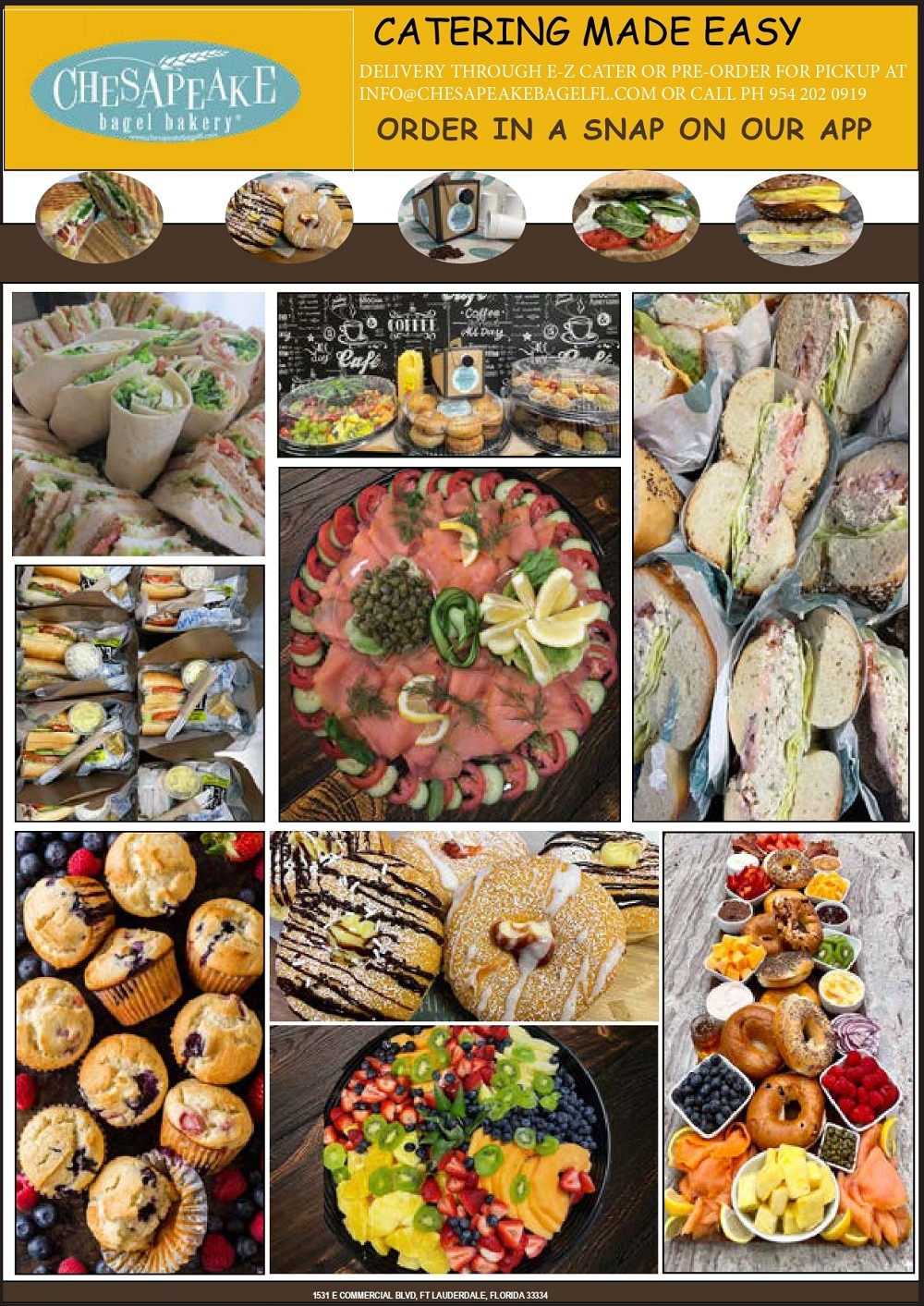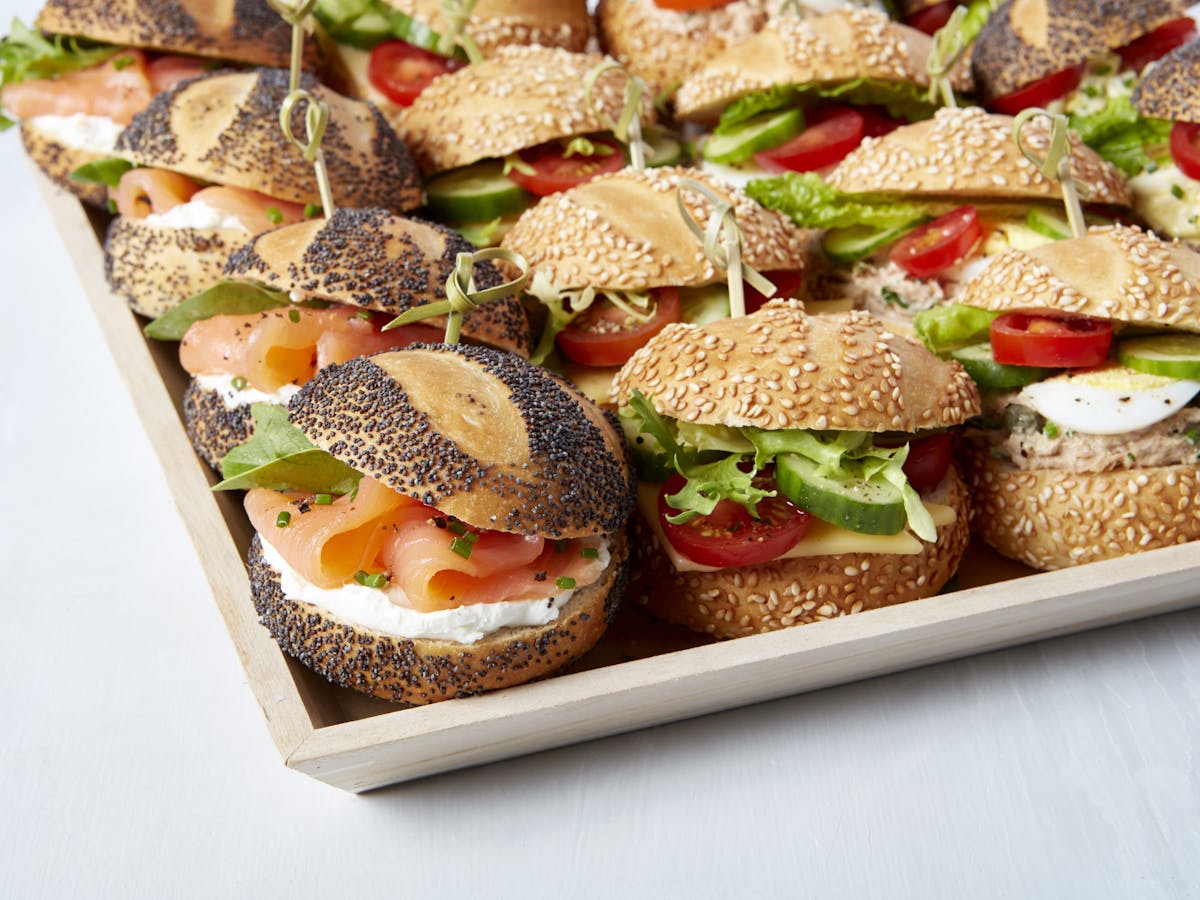Sophisticated Birthday Catering Maddington for a Sophisticated Touch
Sophisticated Birthday Catering Maddington for a Sophisticated Touch
Blog Article
Understanding the Art of Bakery Products: From Freshly Baked Breads to Tempting Pastries and Finger Foods
The intricate art of bakery items encompasses a range of strategies and ingredients that transform fundamental parts into culinary delights. From the scientific research behind the excellent loaf of bread, where fermentation and gluten development play crucial roles, to the skill needed for creating layered pastries, each element reveals a compelling story of workmanship. The flexibility of finger foods shows exactly how flavor and structure can be skillfully combined to involve varied preference preferences. As we check out these elements, one might wonder: what underlying concepts regulate the success of these beloved developments?
The Science of Bread Making
At the heart of every loaf of bread lies a fascinating interaction of chemistry and biology. The procedure of bread making starts with the combination of flour, yeast, salt, and water-- each component playing a crucial duty in the last item.
Yeast, a living microorganism, ferments the sugars existing in the flour, producing co2 and alcohol at the same time. The carbon dioxide gas creates bubbles in the dough, triggering it to climb and establish a light structure. The temperature and moisture throughout fermentation substantially influence yeast task and, consequently, the bread's taste and texture.

Mastering Bread Strategies
Exactly how can one attain the fragile equilibrium of appearance and taste that defines remarkable bread? Understanding pastry techniques needs a deep understanding of ingredients, methods, and the scientific research behind them. Fundamental to this craft is the choice of top notch active ingredients-- flour, butter, sugar, and eggs-- each playing an essential role in the final item's taste and appearance.
The technique of lamination, which includes folding layers of dough and butter, creates the preferred flakiness in pastries like croissants and smoke bread. Precision in temperature level is important, as butter needs to continue to be cool to make certain optimum layers. In a similar way, appropriate blending approaches, such as the creaming technique for cakes, guarantee even unification of air and fat, resulting in a light and airy crumb.
Furthermore, preserving the right humidity levels throughout cooking can considerably affect the outcome, making sure that breads rise properly and accomplish that golden-brown finish. Ultimately, the art of bread also demands persistence and practice; each effort improves one's skill and understanding of the intricate balance called for to create tempting pastries that delight the detects. Mastery in these methods eventually differentiates an experienced bread chef from an amateur.
Sorts Of Finger Foods
The globe of cooking thrills extends beyond breads to incorporate a wide range of finger foods, which are celebrated for their comfort and convenience. These bite-sized treats are best for celebrations, providing an array of flavors and textures that provide to diverse tastes.

On the sweeter side, bite-sized cupcakes and tiny tarts use a wonderful coating to any kind of dish, interesting those with a wonderful tooth. In addition, cheese and charcuterie boards serve as a sophisticated option, permitting guests to customize their attacks with an array of meats, fruits, nuts, and cheeses.
Flavor Profiles in Cooking
Baking is an intricate dancing of taste profiles that incorporates pleasant, full-flavored, and umami notes to develop a harmonious experience for the taste. Comprehending these accounts is vital for bakers looking for to elevate their developments.
Components such as delicious chocolate and caramel introduce complex wonderful notes that can either dominate or match other tastes. look at this now Components like cheeses, natural herbs, and spices can transform a simple dough into a complex flavor experience.
Umami, frequently forgotten in baking, plays a substantial function in enhancing tastes. Components such as aged cheeses, fermented products, or even certain nuts add to a tasty depth that boosts general preference.
Furthermore, the interplay of level of acidity from active ingredients like buttermilk or citrus enthusiasm can lighten up tastes, using a revitalizing counterpoint to sweetness. By attentively combining these flavor profiles, bakers can craft items that reverberate with diverse tastes buds, creating a remarkable cooking experience. Inevitably, understanding flavor accounts is crucial to innovation in the world of baking.
Necessary Cooking Equipments and Components
Comprehending flavor profiles in cooking collections the stage for choosing the right tools and components that help with the development of exceptional baked items. The structure of successful baking lies in having vital tools at hand. Key products consist of blending bowls, gauging cups, and spoons for precision, in addition to a tough stand mixer or hand mixer for simple and easy blending. A reliable collection of baking pans-- such as sheet frying pans, loaf pans, and cake pans-- is critical for accomplishing wanted shapes and appearances.
Flour offers as the backbone of most recipes; selecting the appropriate type-- be it bread, pastry, or all-purpose flour-- can considerably influence the outcome. Cooking powder and cooking soft drink are crucial for creating lift in cakes and pastries.
In addition, integrating flavor boosters like vanilla essence, flavors, and citrus passion can elevate your productions. By guaranteeing accessibility to these basic tools and active ingredients, bakers can with confidence begin on their cooking journey, crafting a diverse array of wonderful baked items.
Conclusion
Mastery in bread making, bread prep work, and finger food discussion reveals the complex partnerships between processes and components. Catering Maddington. Checking out diverse flavor profiles enriches the baking experience, while crucial tools and active ingredients give the foundation for success.
Just how can one achieve the fragile equilibrium of texture and flavor that specifies remarkable bread? Fundamental to this craft is the choice of high-quality components-- flour, butter, sugar, and eggs-- each playing a critical duty in the last product's taste and structure.

Comprehending taste accounts in baking sets the phase for choosing the right tools and active ingredients that facilitate the creation of phenomenal baked products. Exploring diverse taste Bonuses accounts enhances the baking experience, while crucial devices and ingredients supply the foundation for success.
Report this page